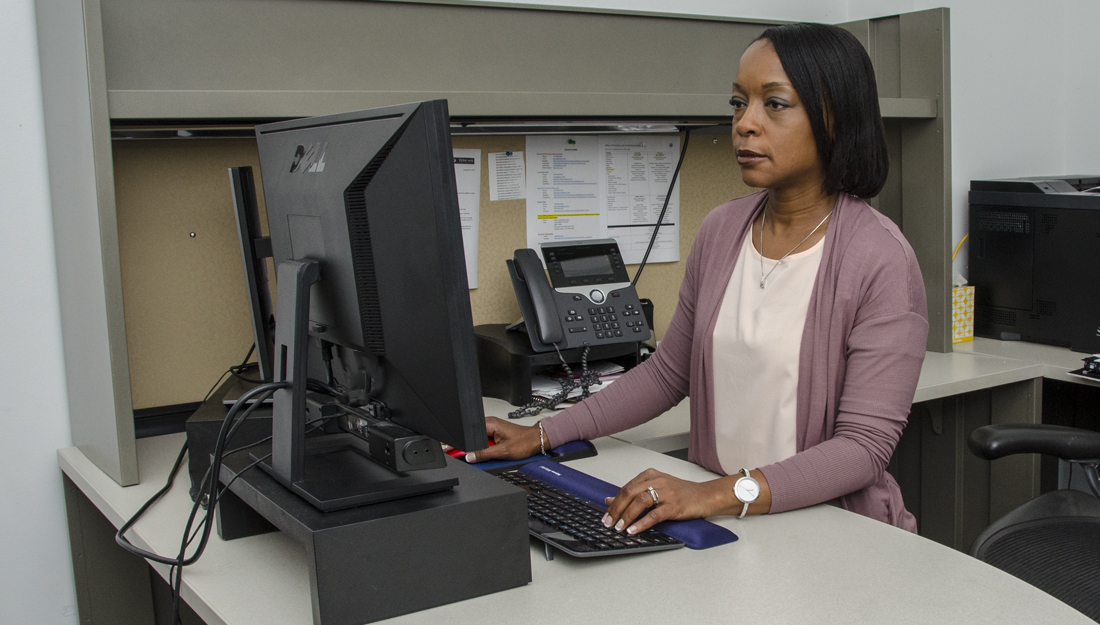Evaluating computer prompt use in increasing physical activity in sit-stand workstations

For most people, an average workday consists largely of sitting at a desk or working on a computer. As we enter a more digital world, our jobs have become less physically engaging and demand more stationary time on our computers. This is the challenge facing many of our ergonomists and safety professionals who are working to decrease sedentary time and increase physical activity in the workplace.
The Office of Ergonomics Research Committee (OERC), a group of companies that work to advance ergonomic research, recently awarded Texas A&M School of Public Health associate professor Mark Benden, PhD, CPE, and doctoral student Gregory Garrett, MA, AEP, funding for a research project to determine whether computerized technology has the potential to effectively increase physical activity and sustain the use of the sit-stand desk.
According to Benden, nearly 90 percent of American adults spend their waking hours involved in sedentary activities, whether in an office environment or in their homes.
“Excess sedentary time has been linked to obesity, which in turn has been implicated in higher risks for cardiovascular disease, diabetes and cancer,” said Benden. “Sit-stand desks have been shown to increase physical activity in the workplace, yet most studies show a reduction in utilization over time.”
The research project, “Use of Sit-Stand Workstations: Does the Implementation of Behavioral Interventions Increase the Usage of Sit-Stand Desks?” will examine ways to enhance and sustain the use of the sit-stand desk. Researchers will analyze both use of the sit-stand desk and the impact of computer software that reminds the user to stand at regular intervals or to take breaks during the day.
This project will take place at two energy company office locations (in San Ramon, California and Houston) and will include collecting data on over 400 employees throughout the next six months. There will be two groups, each with a different level of engagement and interaction. Each will be monitored for their levels of physical activity and how often they use the standing option. The goal of this project is to determine whether computerized behavioral interventions have the ability to increase people’s movement and sustain their use of the sit-stand desk over a consistent period of time.
“The challenges for ergonomists, who have implemented these sit-stand desks, have been how to increase physical activity while maintaining or increasing productivity as well as long-term sustainability of the sit-stand desks,” said Garrett.
With the results of this study, researchers hope to be able to develop effective interventions that promote increased behavioral change through the use of sit-stand desks.
Media contact: media@tamu.edu


